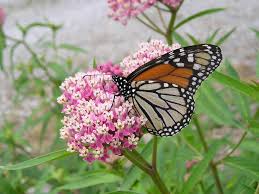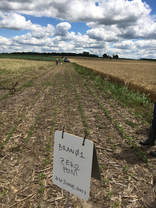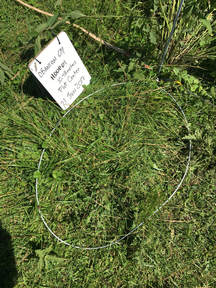 The iconic monarch butterfly, which has long been a welcome sight in backyard gardens across Ohio, faces many threats. In Ohio, one way we can ensure future generations of monarch butterflies continue to visit flower gardens throughout our state is by protecting native milkweed plants. Every year in the fall, monarch butterflies across the eastern U.S. and Canada begin a 3,000-mile-long journey down to wintering grounds in Mexico. In the spring, these same butterflies head back north, and delight us with their presence once again. However, this amazing journey would not be possible without milkweed, a group of plants critical to the survival of the monarch butterfly. As butterflies, monarchs can feed on the nectar of a number of different flowering plants, but as caterpillars, monarchs are entirely dependent on the availability of milkweed. Monarch caterpillars hatch from eggs laid on milkweed plants and feed on the leaves of the plant as they grow. If these plants are mowed, removed, or sprayed with pesticides or herbicides, the caterpillars will not survive. Protecting these plants, especially during the egg-laying period from July through September, helps both monarch butterflies and caterpillars continue their life cycle and ultimately results in more monarch butterflies that can complete their journey to Mexico and back. In the past, milkweed was viewed as a toxic weed. Today, we know that milkweed is a very important group of native plants that helps support many species of wildlife, including monarch butterflies. Learn more about ways you can help ensure these beautiful butterflies are around for generations to come by visiting the Monarch Joint Venture. By: Ohio Department of Natural Resources - Division of Wildlife
0 Comments
 This summer we are beginning a long-term soil carbon monitoring study to measure indicators of soil quality in Warren County. Soil carbon monitoring is the act of measuring the organic carbon content in a particular plot of soil. So far this summer, we have performed soil carbon monitoring at two different farm locations –one in Waynesville and another in Clarksville. The first step in this monitoring effort is site selection on the farm. By mapping a monitoring transect, or a straight line across the surface of the Earth, we can ensure that the tests we performed are repeatable in the future. For example, we identified one of our transects by selecting two towers as the end-points. Each test is then performed along the transect.  Our first observations performed were the infiltration tests. We set up three different infiltration rings, evenly spaced apart from one another, and drove each ring about half way down into the ground. By adding an inch of water to each ring, we would observe and time how quickly the water would infiltrate into the ground. This test ultimately showed us how the soil in that particular area accepts the water, which reflects soil structure.  Next, we performed a test that involves an observational hoop. A wire hoop is placed on the ground to look at vegetation density, amount of bare ground, and what types of insects inhabit the area. These factors tell us about the health and functionality of pastures, fields, and any other landscapes on which they are identified. After placing the observation hoop, we identified a grid to take our soil samples from. Samples are then taken at eight sampling points using a soil sampling probe that extracts soil cores. We then separated the cores by top, middle, and lower layers.  The last assessment we performed was the soil density test. This tells us porosity, which is a measure of spaces in the soil. It also helps us measure the total carbon that is in the soil. This test is performed by digging a hole and using a bulk density core sampler to extract the soil from the desired layer we measure. Once the samples were completed, they were delivered to the laboratory for analysis. The monitoring effort will be repeated at the same locations in 2020. For more information on soil carbon monitoring visit: http://soilcarboncoalition.org/ By: Brennan Woodall and Emilie Fisher, Warren Co. SWCD Summer Interns |
Details
Warren County SWCD Staff BlogA blog to keep you informed on all the latest news at Warren County SWCD and in the conservation world. Archives
May 2024
Categories
All
|
|
|
Contact:PHONE: (513) 695 - 1337
EMAIL: [email protected] HOURS: Monday - Friday 7:30am - 4:00pm (except holidays) Connect:Warren County Soil & Water Conservation District Copyright © 2016
Warren SWCD Privacy Notice. Emails are serviced by Constant Contact. Constant Contact's Privacy Notice. |
